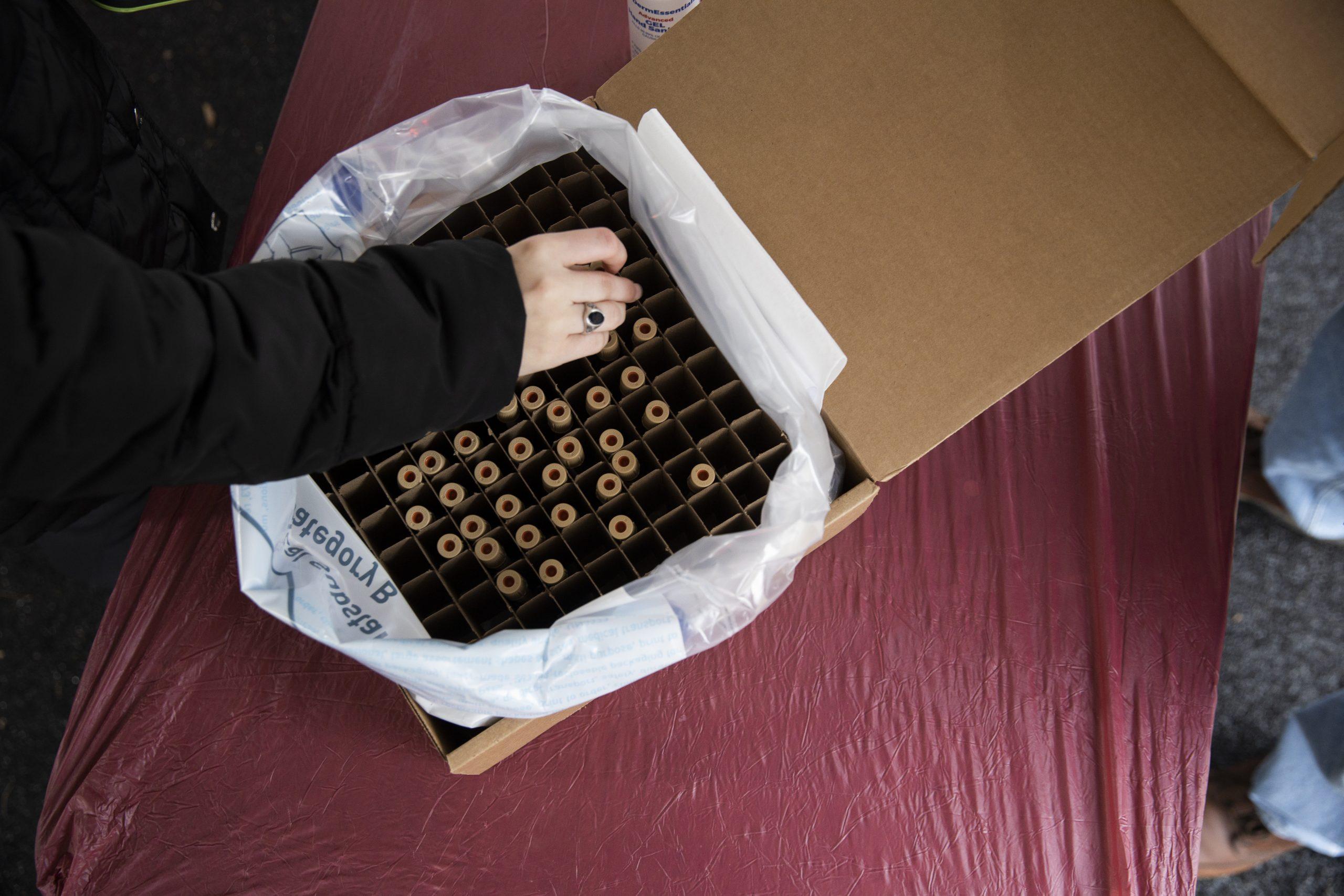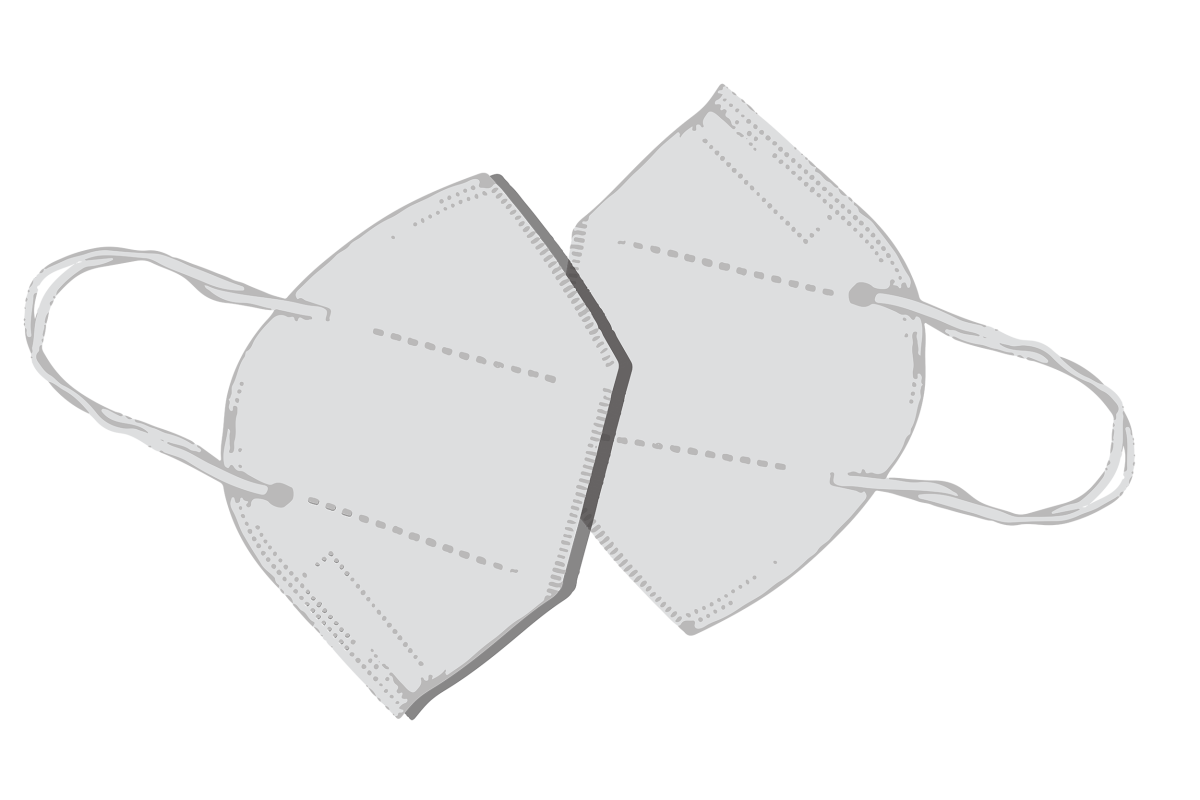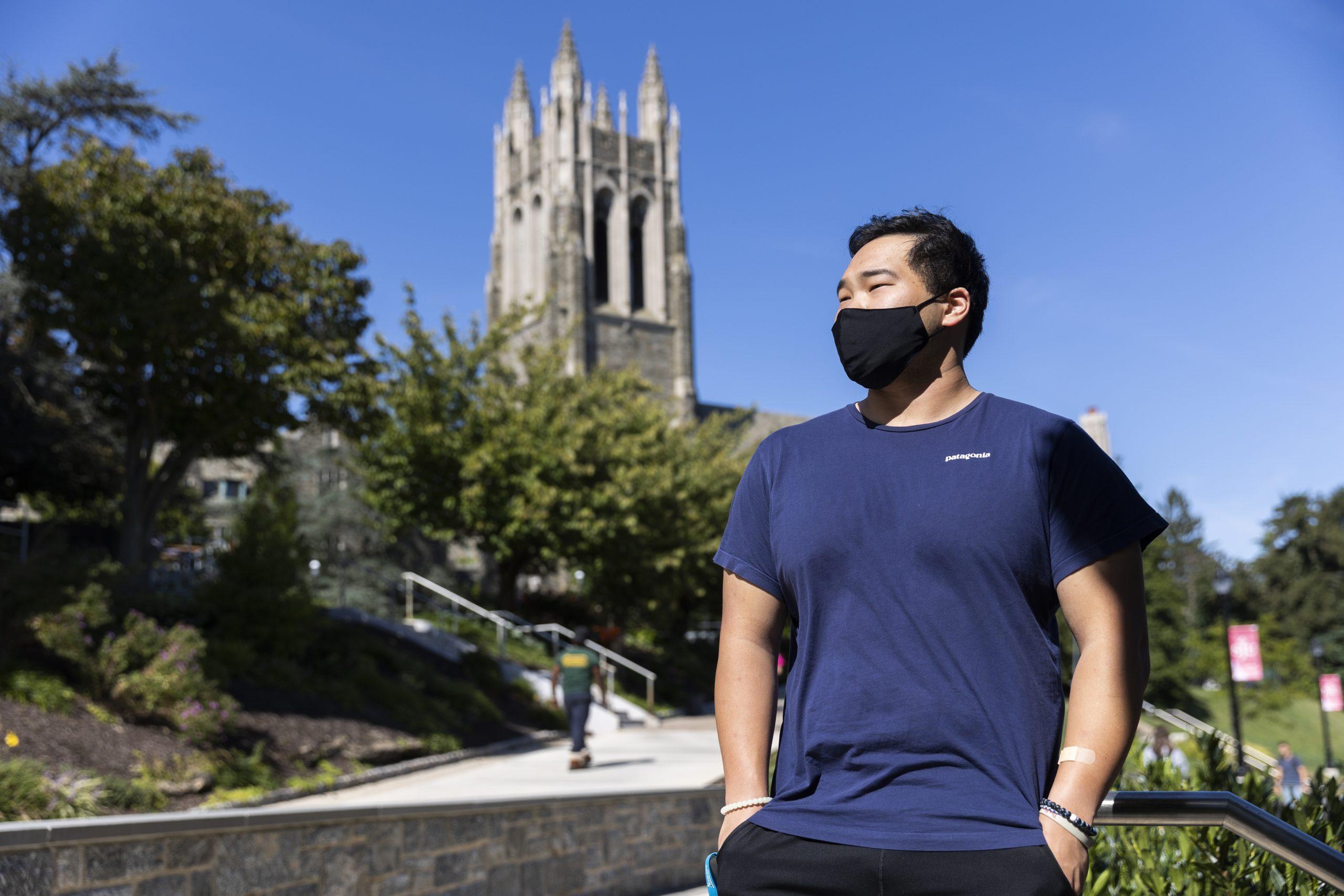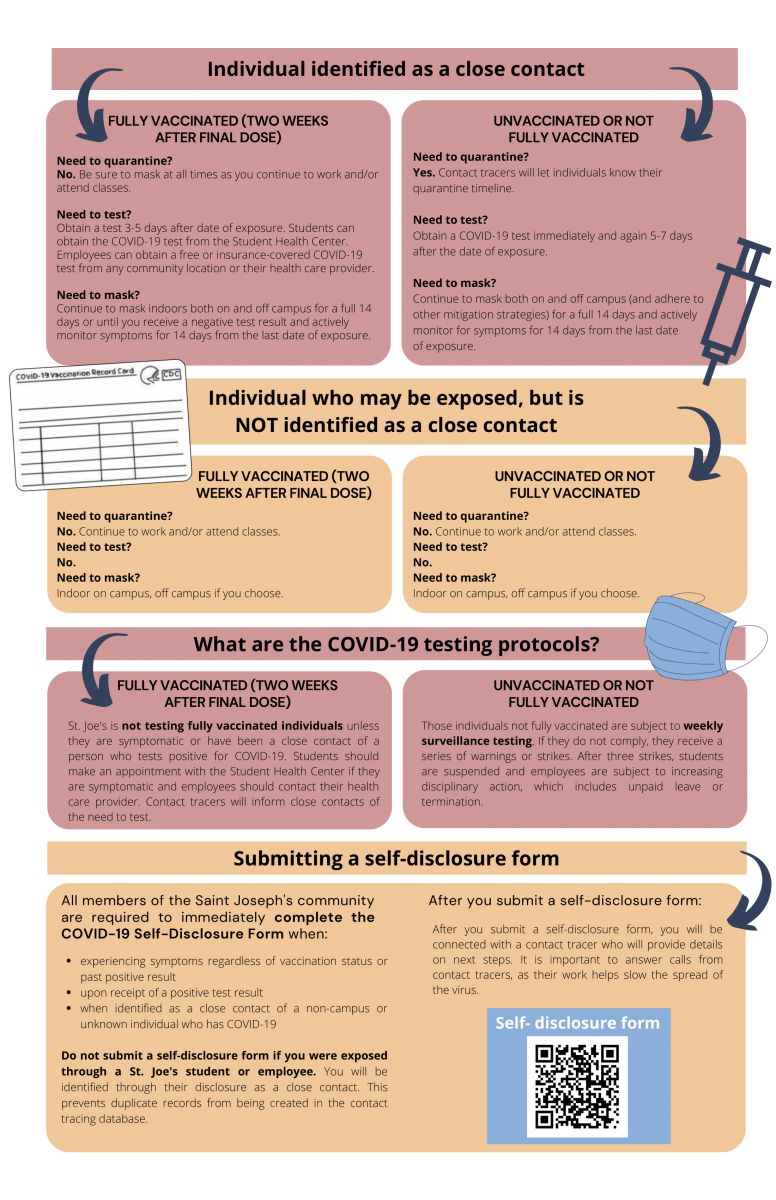The university expanded its testing procedures this semester by mandating pre-arrival COVID-19 testing for all residential students, in addition to on-site entry testing for all undergraduate students. Weekly surveillance testing will be conducted as it was during the fall semester among undergraduate students, according to a Jan. 29 university announcement.
Residential students obtained self-swab nasal test kits by mail ahead of their arrival and were instructed to follow the step-by-step instructions to collect a sample. Students had to send their sample to the testing lab on the same day they collected their sample. The university needed to receive students’ results no more than 72 hours prior to their arrival time. After moving into their residence halls, residents were required to take a follow-up self-swab COVID-19 test on campus. The tests were provided through Color, a genomics and testing company partnered with St. Joe’s. Color will continue to provide surveillance testing services.
At the beginning of the fall 2020 semester, the university only mandated one-time on-site entry testing. The university received approximately 4,600 tests by the Aug. 28, 2020 deadline to take a test, as reported in the Sept. 2 issue of The Hawk. On-site campus testing was highly recommended at first in the fall, but was made mandatory after approximately 2,000 community members completed a test.
Other universities in the greater Philadelphia area are expanding their testing programs this spring as the number of confirmed COVID-19 cases in Philadelphia is now over 100,000, according to the Pennsylvania Department of Public Health. Villanova University, for example, implemented pre-arrival testing for all students and is continuing surveillance testing from last semester. Villanova now reports 262 active COVID-19 cases as of Feb. 2, according to their university dashboard.
As of Feb. 1, St. Joe’s reported 26 total positive COVID-19 tests through the entry-testing program, according to the SJU Dashboard.
The Hawk reached out to Jill Bodensteiner, chair of the university’s testing working group, for the total number of pre-arrival and entry tests administered so far this semester. In response, Gabrielle Lacherza, public relations and communications specialist, wrote in response to written questions from The Hawk that “all available testing and case data is provided through the University’s dashboard.”
The dashboard does not list how many pre-arrival tests were submitted by residential students, how many entry tests have been conducted thus far or how many positive cases were determined through pre-arrival testing. As of Jan. 29, there are a total of seven isolation and quarantine housing spots occupied, and the dashboard will reflect a daily snapshot of available spaces to isolate and quarantine beginning on Feb. 8, according to Lacherza.
Entry testing on campus, originally scheduled to conclude on Jan. 26, has been extended to Feb. 2 and Feb. 3. This is to “allow additional community members, especially voluntary testers, the opportunity to participate” in testing procedures, Lacherza wrote.
Faculty, staff and graduate students were encouraged to do on-site testing but were not required to complete tests.
Cary Anderson, Ed.D., associate provost and vice president of Student Life, said the university decided to implement pre-arrival testing per the guidance of “available science, public health indications and our experience from the fall semester.”
According to the Centers for Disease Control and Prevention’s (CDC) health and safety recommendations for institutions of higher education, “Symptom screening, diagnostic testing and contact tracing are some of the strategies that can be taken to slow and stop the spread of COVID-19.” The CDC also lists, in addition to masks, social distancing and hand washing as mitigation methods.
Jeffrey Morris, Ph.D., professor of biostatistics and the director of the biostatistics division at the University of Pennsylvania, said the keys to stopping the spread of COVID-19 in larger populations include pre-arrival testing combined with entry testing, continued systematic testing and enhanced contact tracing protocols.
“The forest fire analogy is a good one because this virus spreads so fast that when it really gets going in a closed population, it does get to become like a forest fire that’s hard to manage, but when it’s just starting, it’s a spark, and there are little brush fires,” Morris said. “If you find it then you can put it out. You can isolate it, and it won’t burn the forest down.”
Anderson said because most transmission last semester was identified within the residential student population, those students were selected to complete pre-arrival testing as a preemptive isolation strategy.
Maura Farrell ’23 was a residential student in the fall and decided to continue living on campus for the spring semester. Farrell said implementing both pre-arrival and entry testing eased some of her worries about moving back.
“Knowing that the people you’re living with were negative coming in, and then re-testing and knowing [their results] right away is just better,” Farrell said. “More testing is better.”
On the other hand, James Gilhooley ’23, a residential student during the fall 2020 semester, decided to go fully virtual for the spring despite supporting the expanded testing protocols. Gilhooley ultimately decided not to return to campus even after completing pre-arrival testing.
“I have personal concerns about the new COVID-19 strands and the atmosphere at school is just so different,” Gilhooley said. “Most of my classes had also transferred to hyflex, so it made sense for me to stay home.”
The university will also conduct weekly surveillance testing among undergraduate students only, and systematic testing within populations of concern throughout the semester, according to Anderson.
Students who are fully remote, received a positive COVID-19 test in the previous 90 days or are in isolation or quarantine are exempt from surveillance testing.
The surveillance testing is aimed at detecting asymptomatic cases of COVID-19, according to a Jan. 29 university announcement.
“Each week, a sample will be identified for testing,” the announcement stated. “Initially, this will only be among undergraduate students but if needed, this will expand to include graduate students, employees and affiliates.”
Community members who are selected for testing will be notified by email.
Students who did not or do not comply with testing protocols will be contacted by someone in the Office of Community Standards, according to a Jan. 28 university announcement.
“Disciplinary action could result. Further non-compliance will result in suspended access to student services in The Nest,” according to the announcement. “This could affect registration, access to financial aid information and other important information.”
Morris said noncompliance is a variable in any COVID-19 testing strategy.
“This type of testing strategy is not going to be absolutely perfect,” Morris said. “But it’s going to catch a lot of the positive cases and keep them from getting onto campus.”
Morris added in order for testing strategies to be most effective, it’s important for students and the larger community to participate in testing programs and to continue to do their individual part in reducing transmission.
“It’s probably going to be annoying to a lot of students and staff to do this, but just keep in mind that this might be the key to enabling a college life that’s much closer to normal this spring,” Morris said.



















































